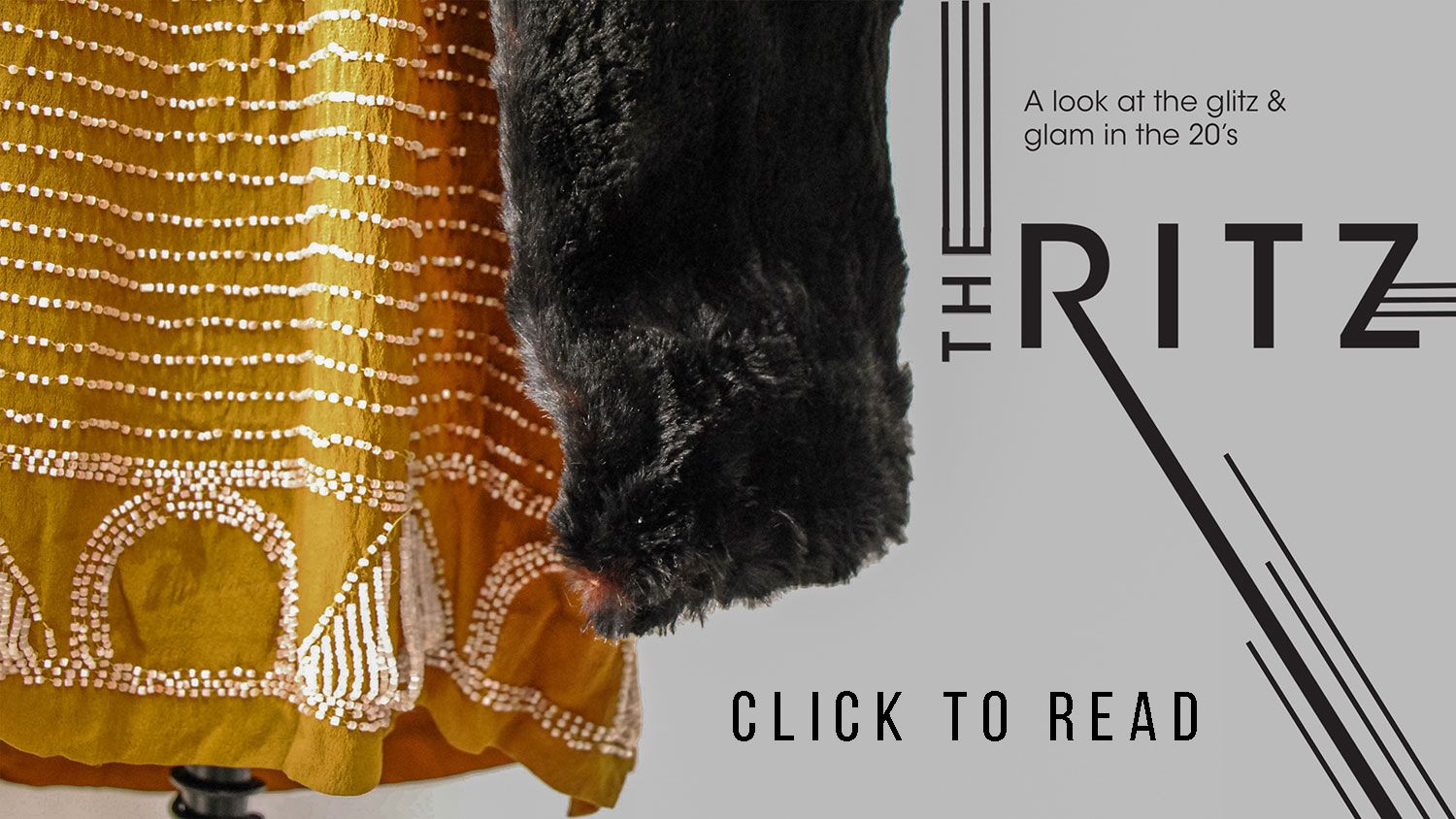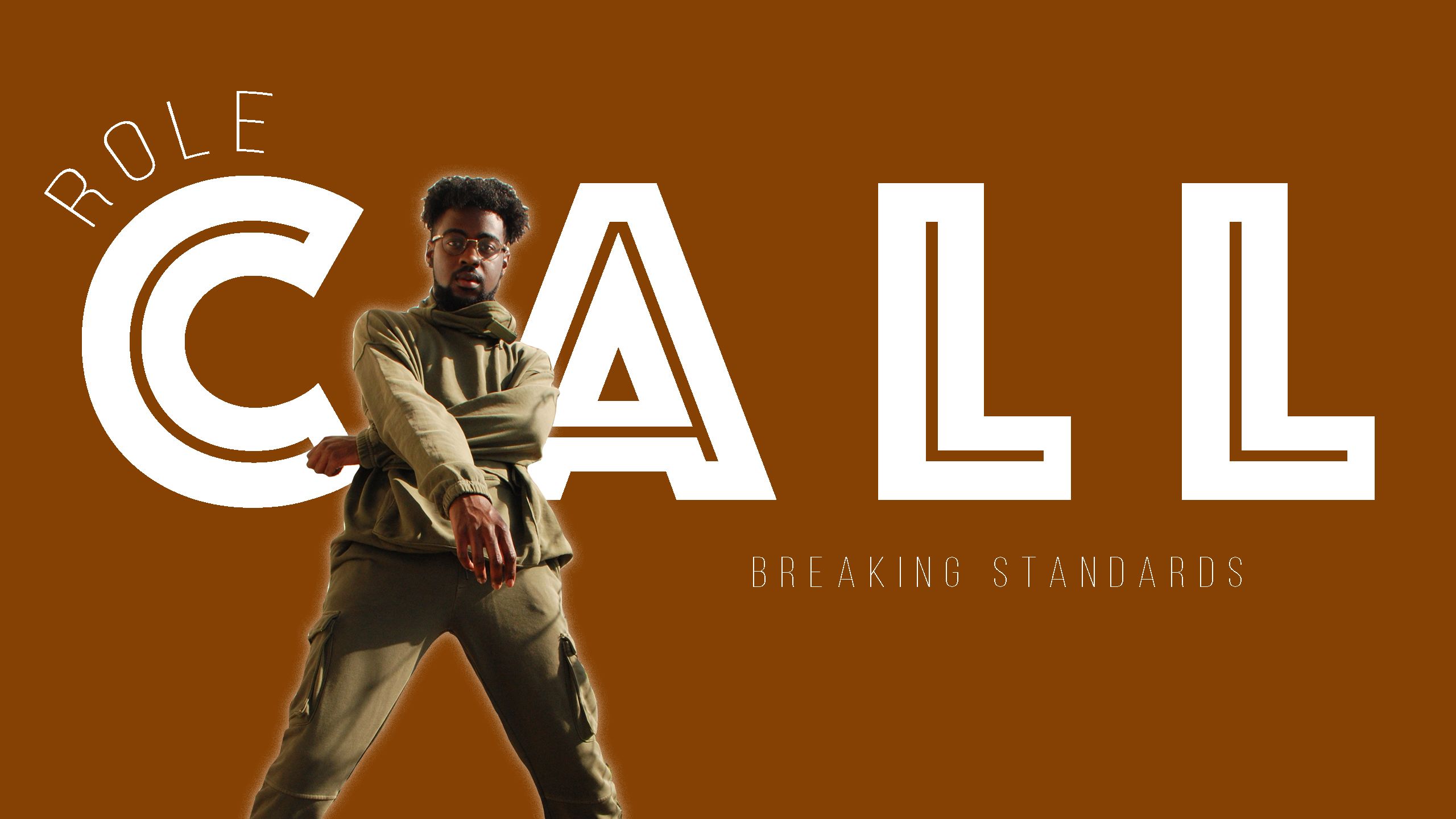
Written by: Haeven Gibbons
Photography by: Mckenna Weil
Model: D'Mariel Jones
A cramped New York City apartment houses two actors who share a bunkbed and live the starving-artist lifestyle day in and day out. It is the classic story of an artist trying to make it in New York City - the immense city full of dreamers with dreams no less immense. It is a lifestyle and a dream that has been played up by Hollywood films. But behind the facade on stage, another story plays out, behind the curtain.
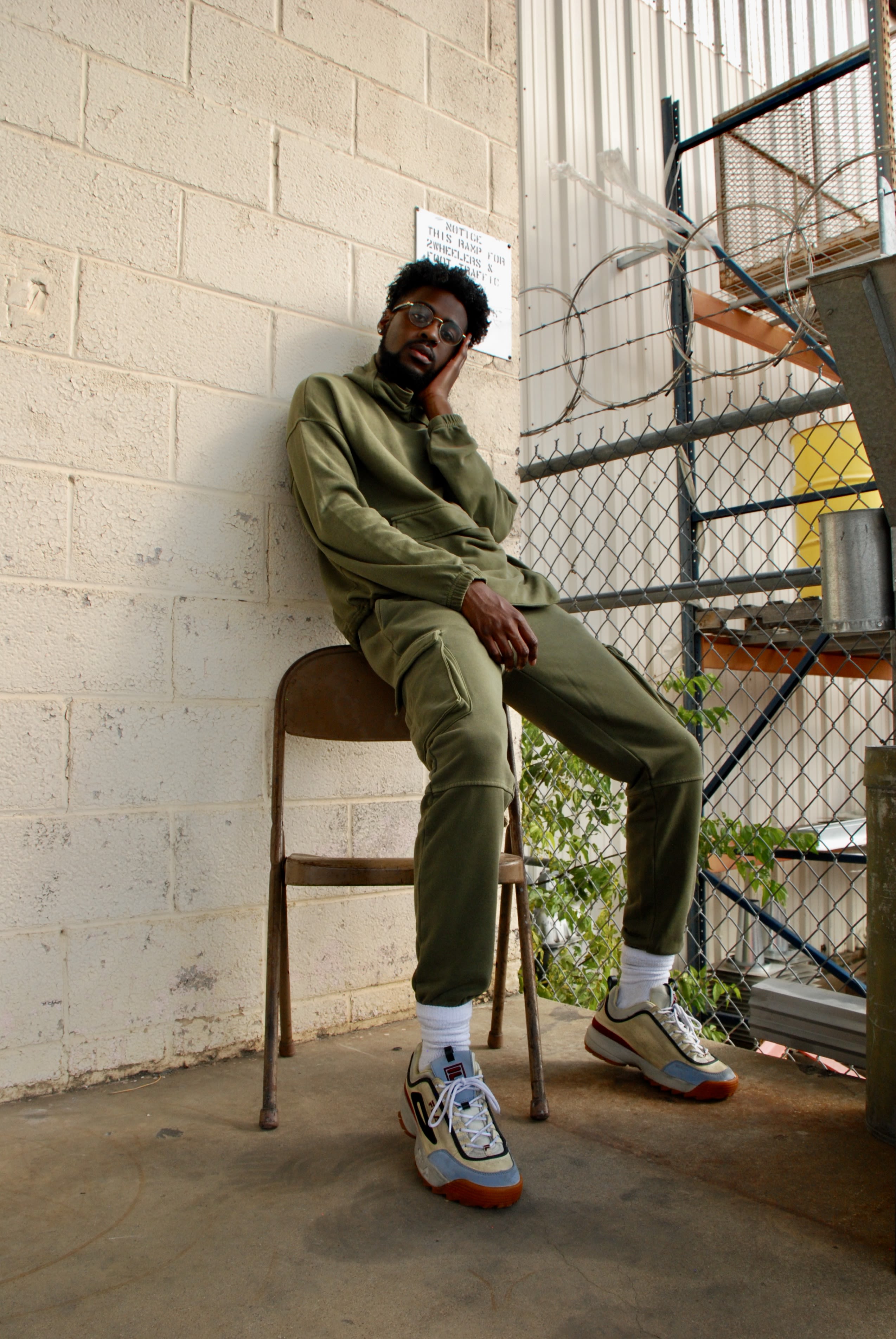
When D’Mariel Jones, a junior musical theater major at TCU, moved to New York when he was 19, he fantasized of booking a national tour or making it on Broadway. He was auditioning for roles, working at Urban Outfitters, doing some modeling and living in an apartment with his best friend.
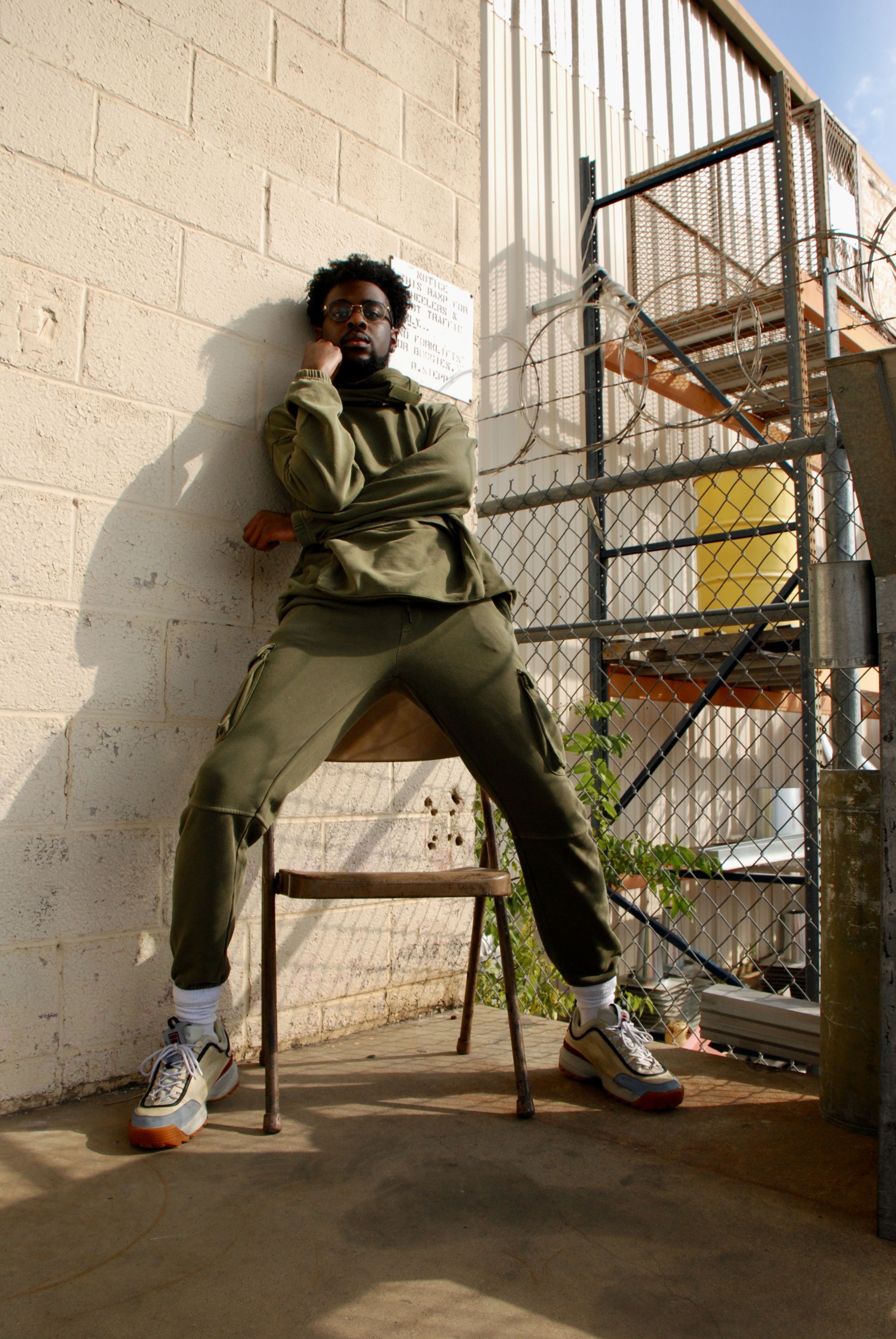
After landing a role in ‘Dream Girls’ at a theater in Florida, he injured himself and returned home to Austin, Texas. He decided to leave the New York lifestyle behind, for the time being, and go to school for musical theater. He wanted to focus on his craft and receive more training.
Since returning to Texas, Jones has done more than train. He has used his theatrical and modeling talents to address social issues and stand up for change.
“There are so many plays, musicals and divisive works that challenge what we know with theater,” Jones said. “That’s kind of your job as an actor - to evoke emotion and change the perspective or opinion that the audience members have about something.”
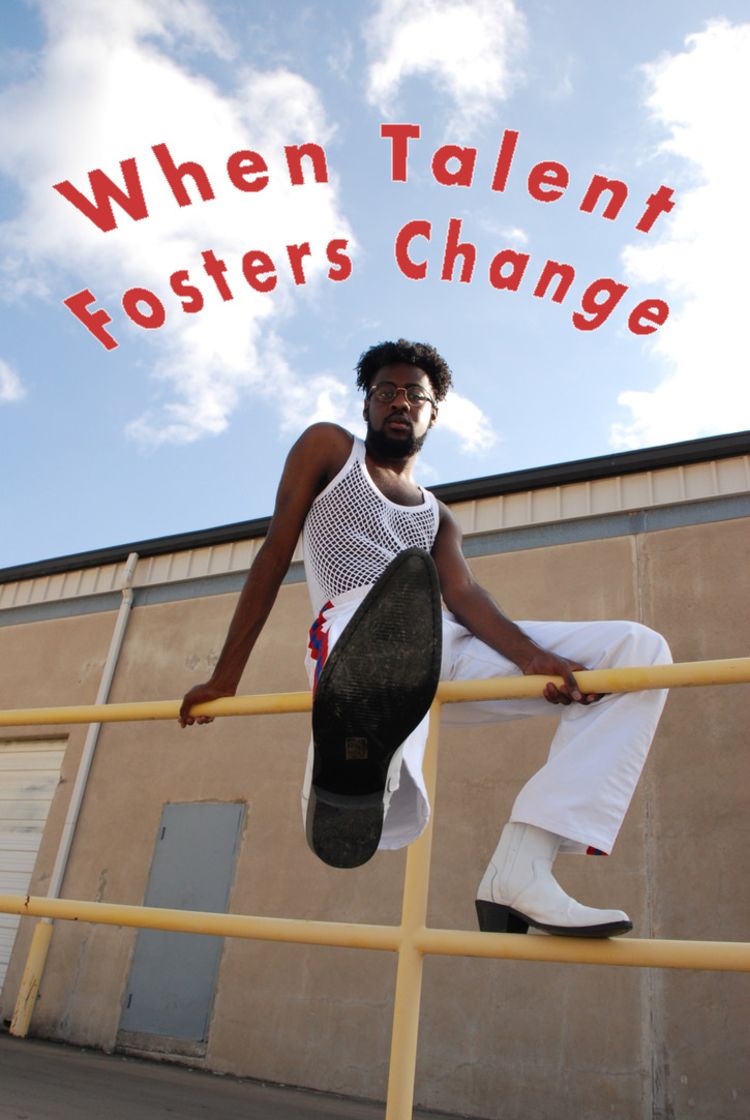
Jones said his favorite thing about working in the theater and modeling industries is the aspect of storytelling and the opportunity to change lives.
At TCU, Jones is the vice president of Theatre TCU Black Excellence, an organization for Black theater TCU students to connect with Black theater TCU alumni. This year, TTBE put on a cabaret honoring Black lives. Jones creative-directed the production. The premiere was virtually produced and includes singing, dancing and testaments from TTBE members.
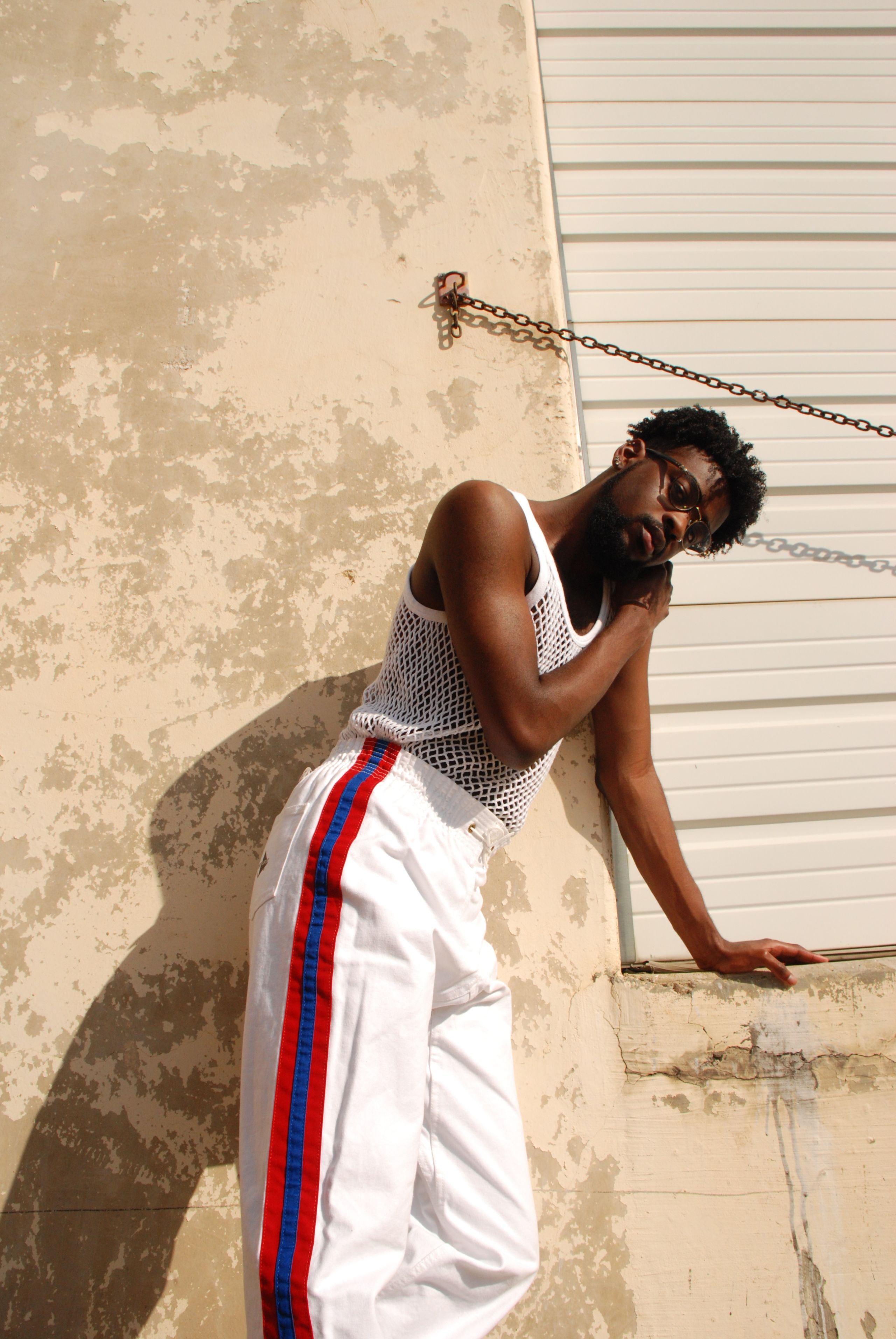
For Jones, modeling began as a happy accident.
Jones would model for his photographer friends as a way of helping them build up their portfolios. Other photographers in Austin started to see the photo shoots he was doing and would ask if he wanted to model for them.
“People were starting to see me as this, so I kept doing it,” Jones said.
Modeling is where he began to explore creative directing and where he started using his work to foster change.
Video Editors: Nijel Smith, Ethan Massengale
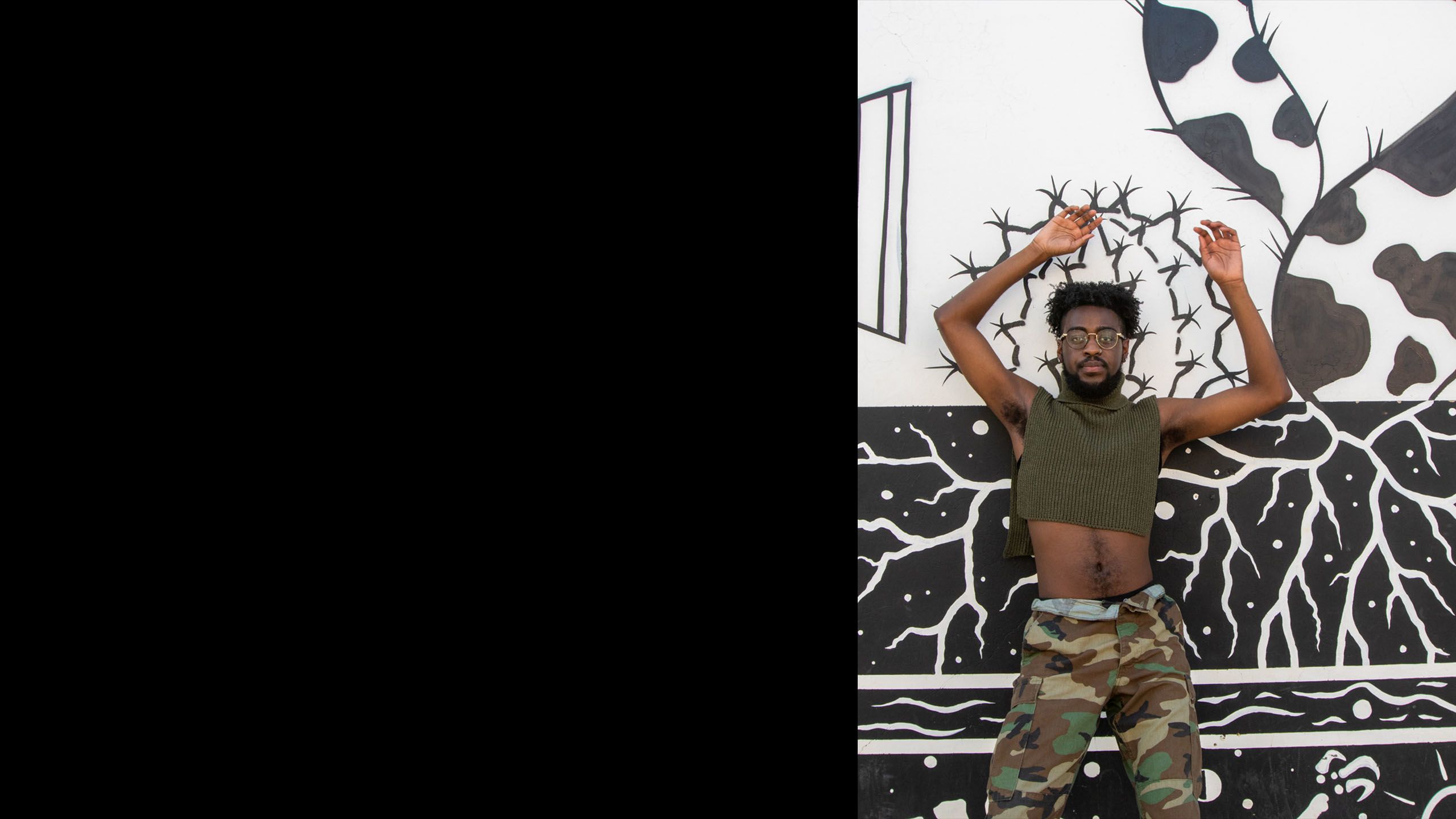
“The first time I sat down and decided to direct something, I did a three-part series called ‘The Deconstruction of Masculinity,’” Jones said. The series addressed the issue of toxic masculinity.
Part one, “Teatime,” challenged the social constructs of “masculinity” and “femininity.”
“I hate the word masculine and feminine because anyone can be any of those,” Jones said. “I had me and four of my other friends get together, all guys, and we just did this big tea part with the makeup and everything.” He chose a tea party because it is usually associated with femininity.
Part two, “Fluidity,” explored the concept of genderless apparel.
“Fashion to me is very fluid,” Jones said.
“I just wanted to do something that was going to make people stop and think and realize that fashion does not have a gender,” Jones said. “I feel like men are oftentimes tied down to specific things, and they’re not allowed to express themselves. I personally - I wear whatever I want.”
Jones wore makeup and posed in a dress to illustrate this part of his series.
The final part, “My Brother’s Keeper,” was intended to show that Black children, boys specifically, can be affectionate with one another.
Jones said he feels like society has placed the stereotype of “aggressive” and “hard” on Black men. So, he posed with two of his other Black, queer friends to make a statement:
“I wanted to do something that shows us [Black men] as being soft and okay to love on each other because, at times, we’re just told to ‘man up’ and not be sensitive because sensitivity is considered a bad thing to men in general but especially Black men,” Jones said.
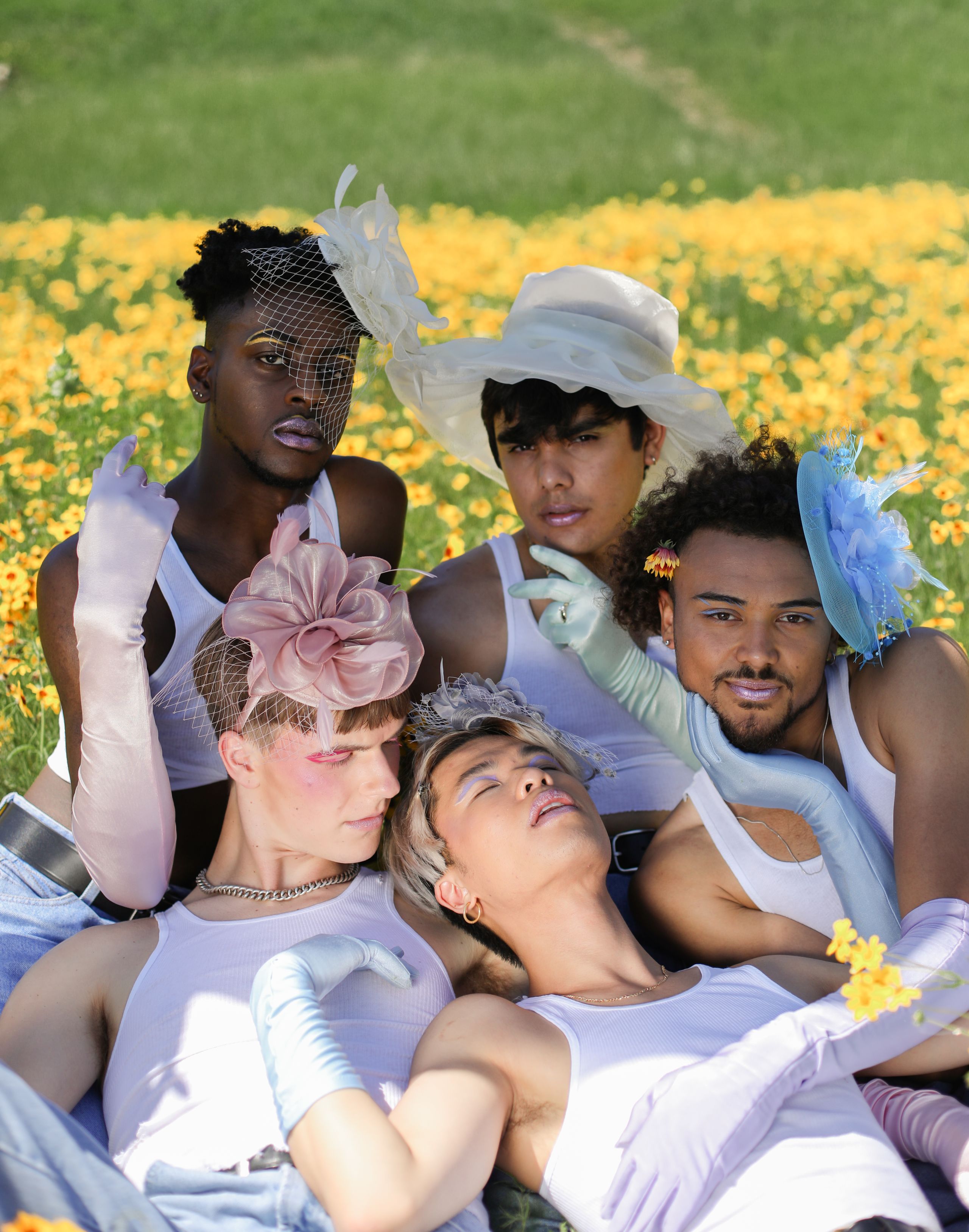
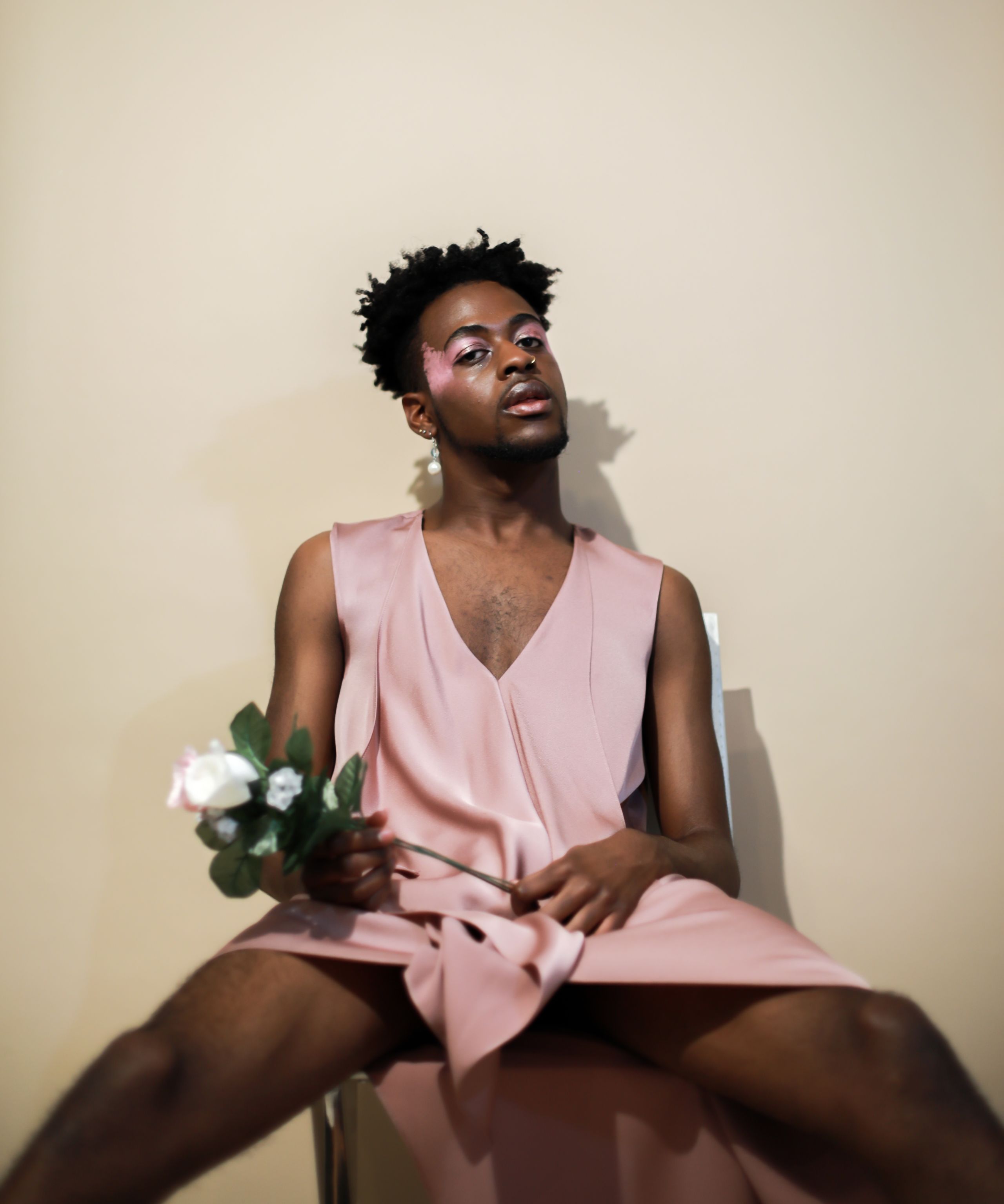
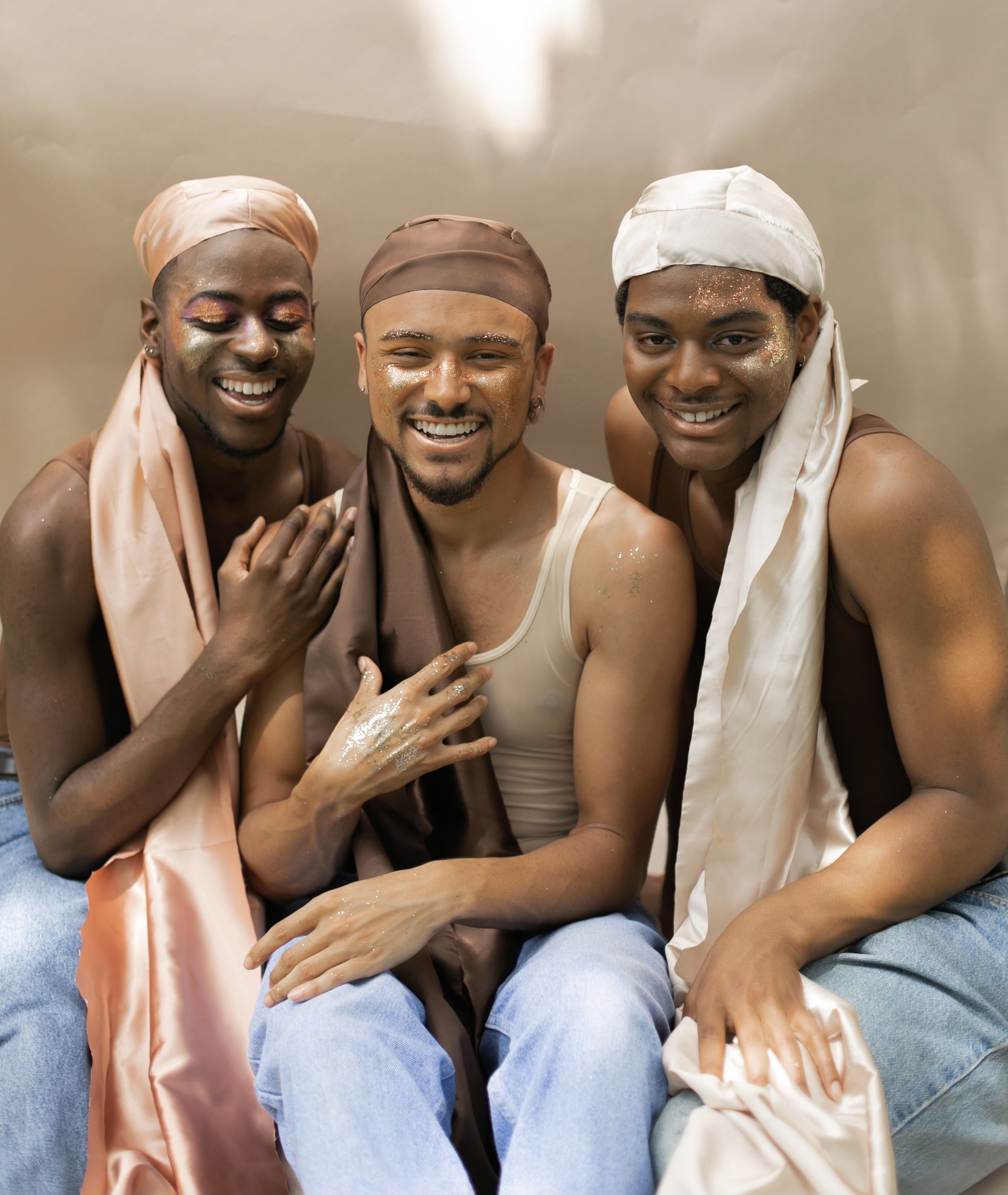

A shot from "Teatime," part one of Jones's "The Deconstruction of Masculinity." Photography: Caitlin Rounds
A shot from "Teatime," part one of Jones's "The Deconstruction of Masculinity." Photography: Caitlin Rounds

A shot from "Fluidity," part two of Jones's "The Deconstruction of Masculinity." Photography: Caitlin Rounds
A shot from "Fluidity," part two of Jones's "The Deconstruction of Masculinity." Photography: Caitlin Rounds

A shot from "My Brother's Keeper," part three of Jones's "The Deconstruction of Masculinity." Photography: Caitlin Rounds
A shot from "My Brother's Keeper," part three of Jones's "The Deconstruction of Masculinity." Photography: Caitlin Rounds
‘The Deconstruction of Masculinity’ was a political statement, Jones said.
“Whenever I do shoots, there’s some type of message behind it because I love for my work to show what’s happening in the world,” he said. “I like to make my art speak out rather than just be a pretty picture.”
Jones said his involvement in the industries allows “other little Black, brown and queer children to see someone like them doing something positive and shows them that they can do it, even if the system in society is against them,” he said.
“It shows them that there are people out there like them who are making a change,” Jones said.
Theater is the business of storytelling, said the Chair of the Department of Theater at TCU, Dr. Harry Parker. Audiences need to see more diversity on stage, and there needs to be more diversity in the people who are doing the designing, the directing, the producing and the writing. It’s critical, he said.
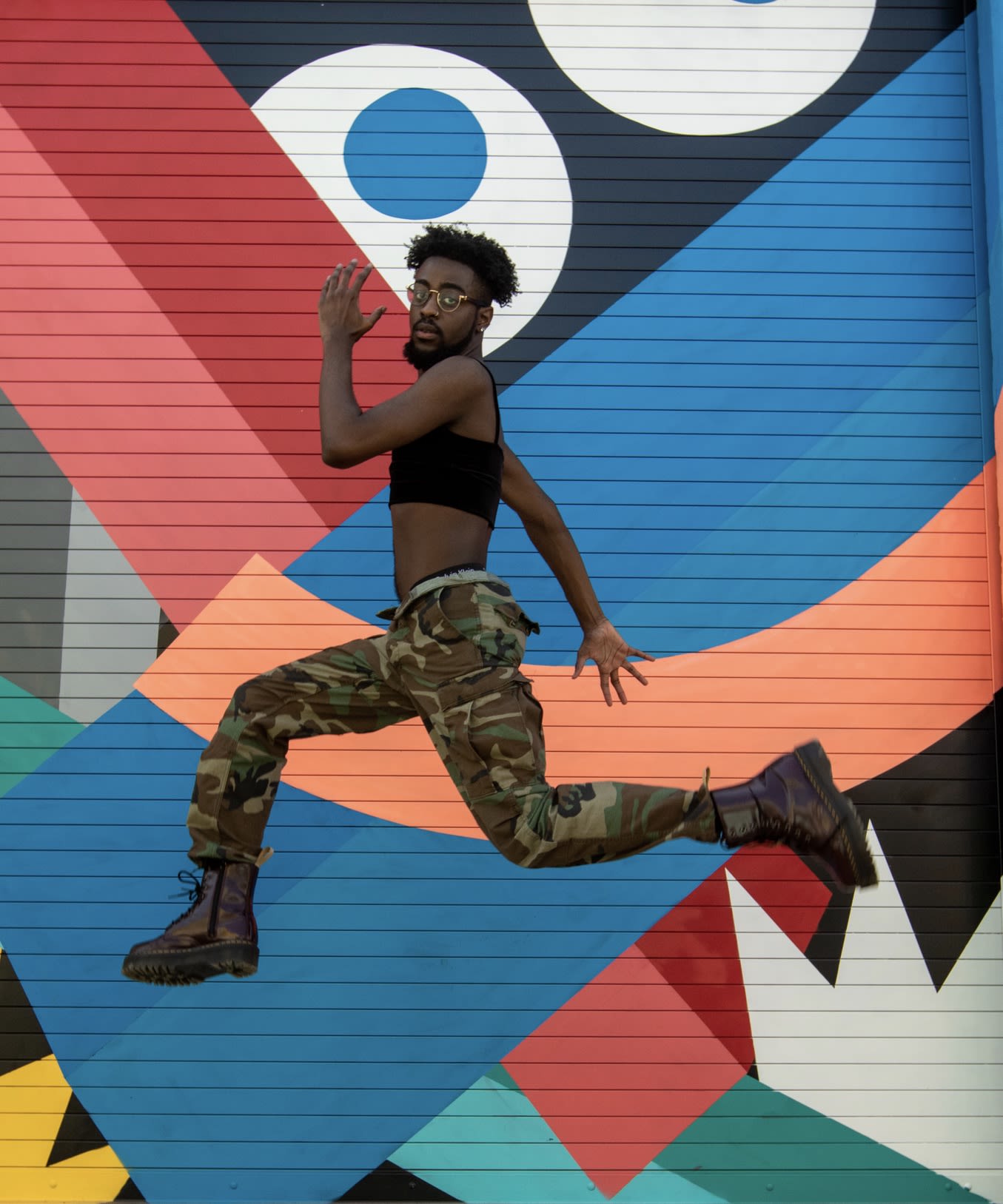
While some change has started to occur in the theater industry, it has not always opened its doors as it should have, Parker said.
The theater industry has a tendency for boxing people into their predetermined social roles: the jock, the blonde or the geek, Jones said.
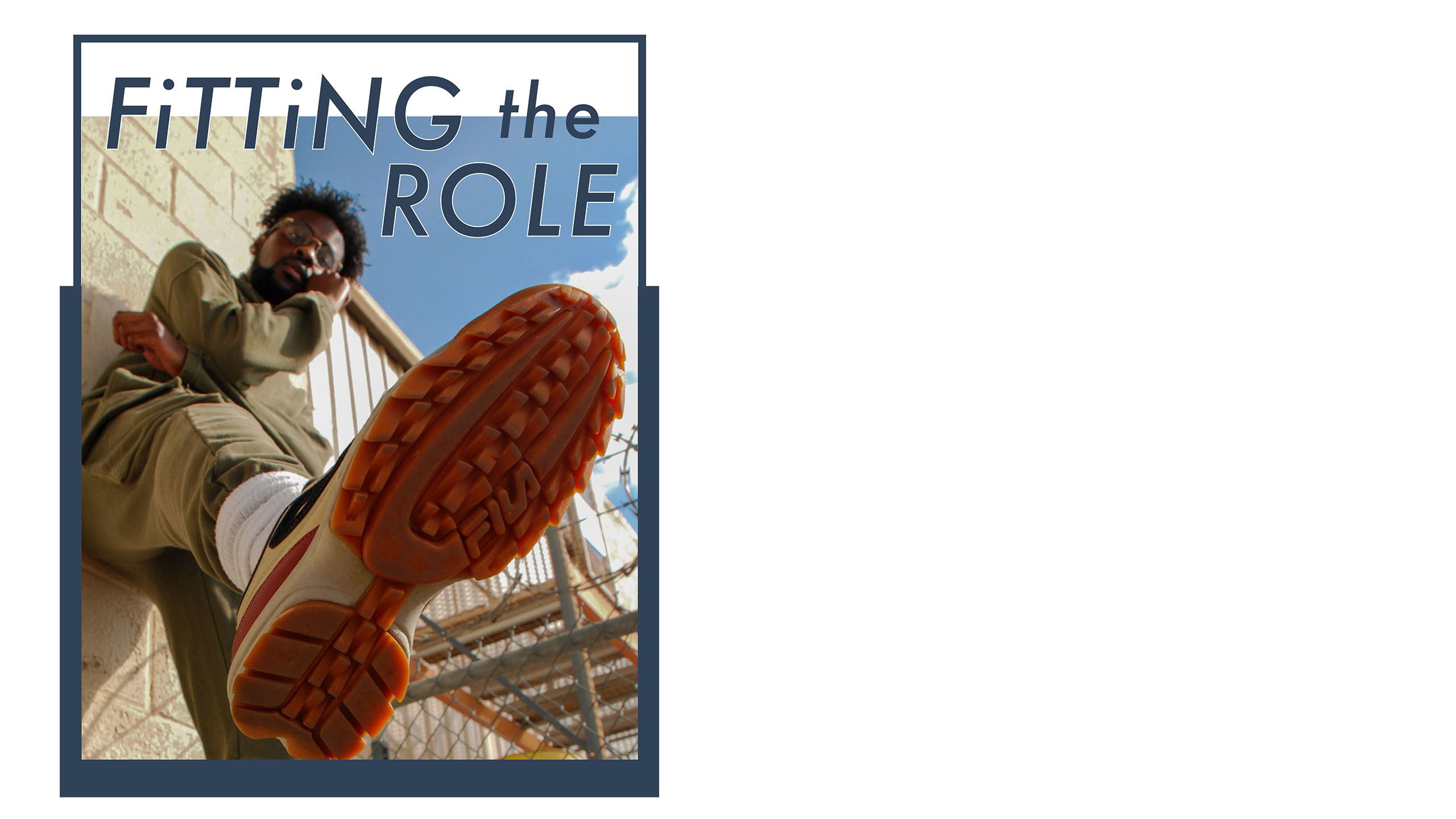
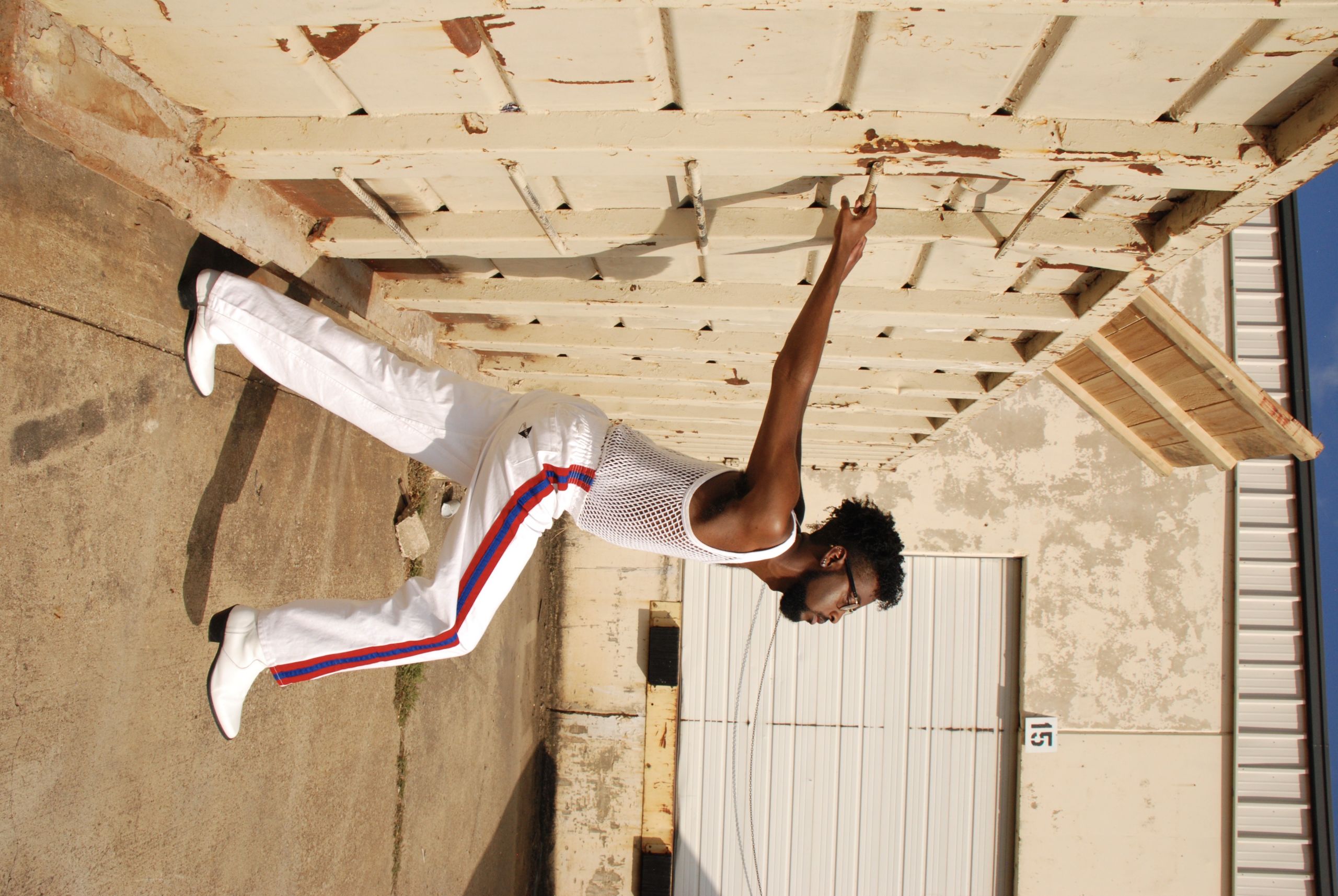
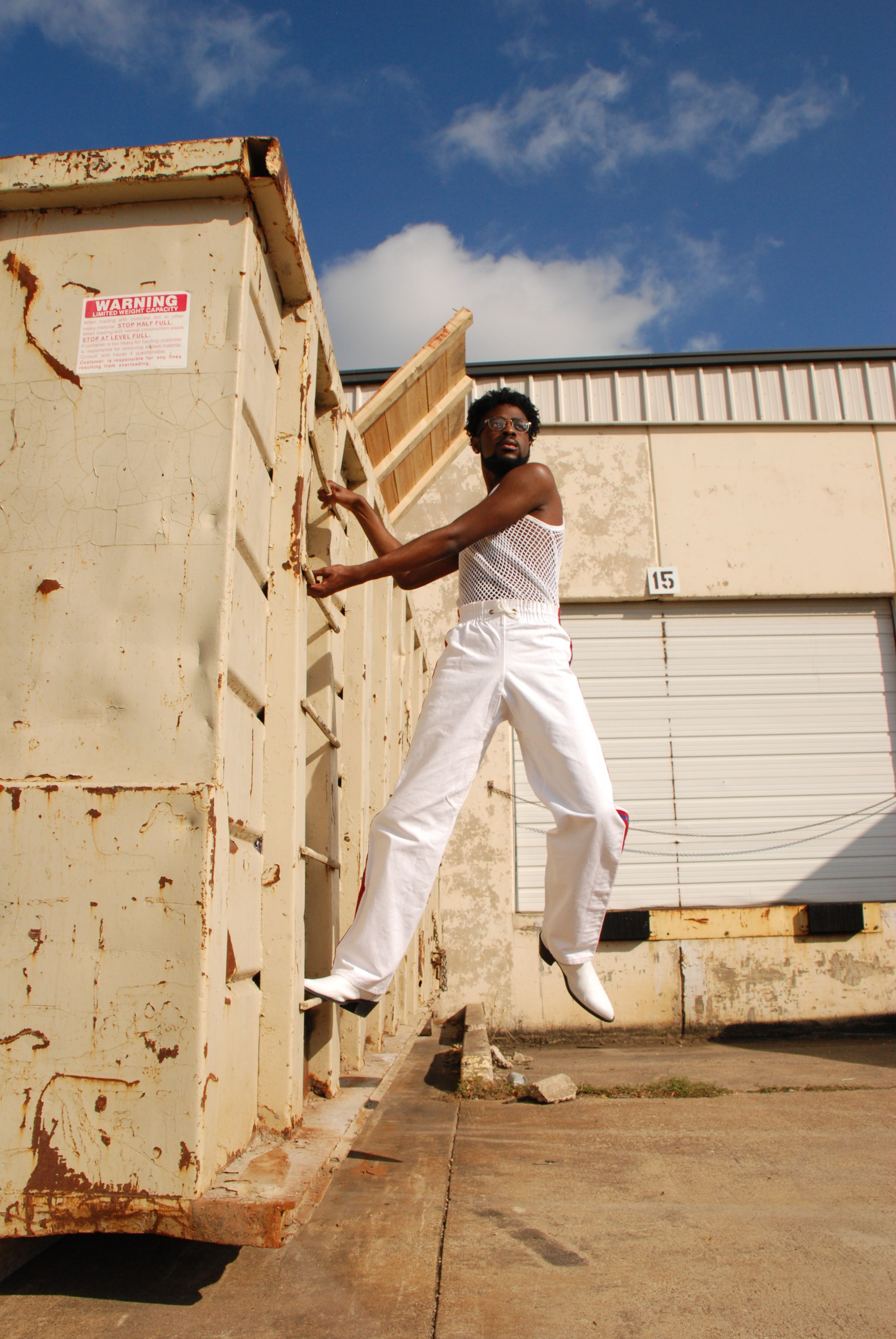
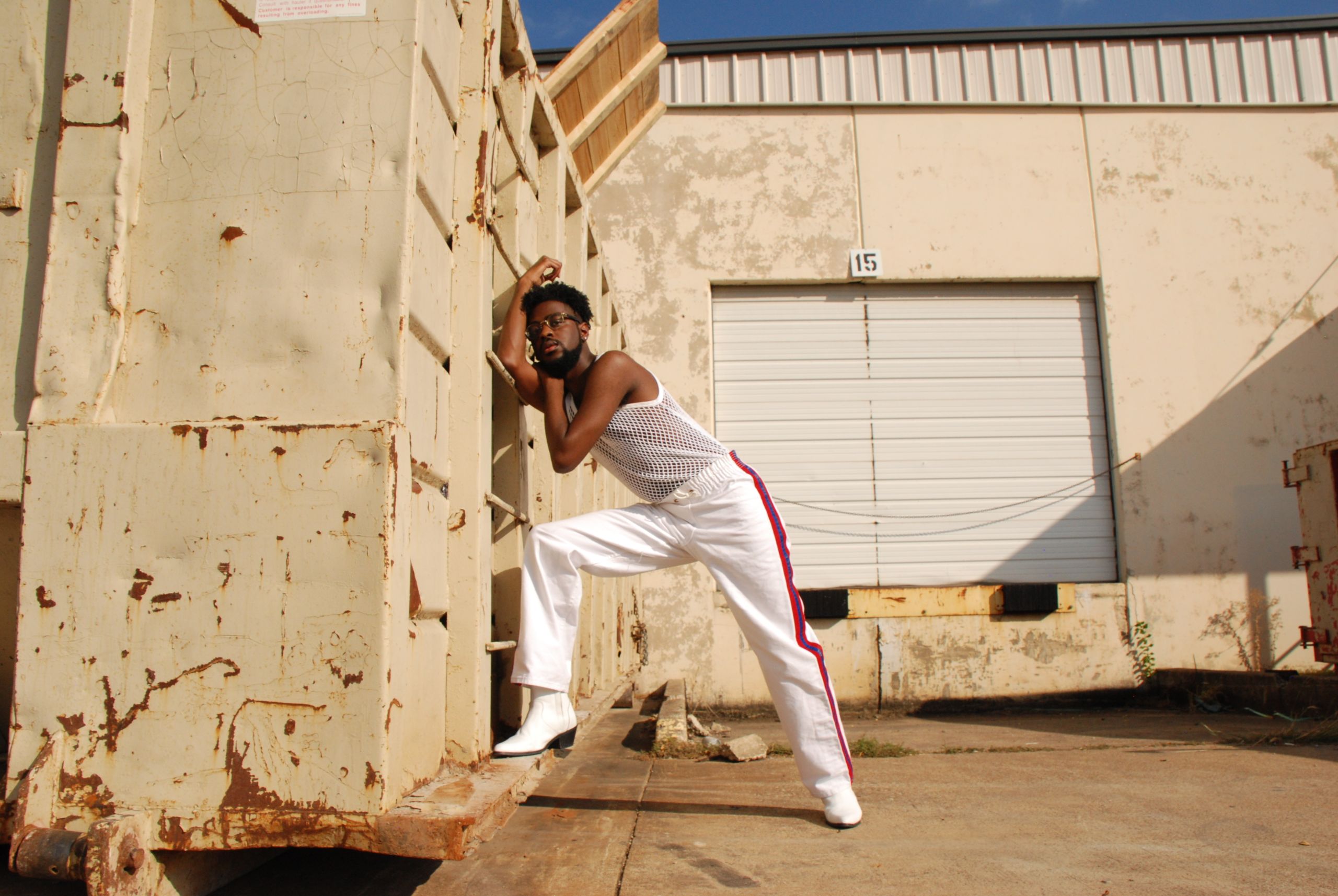
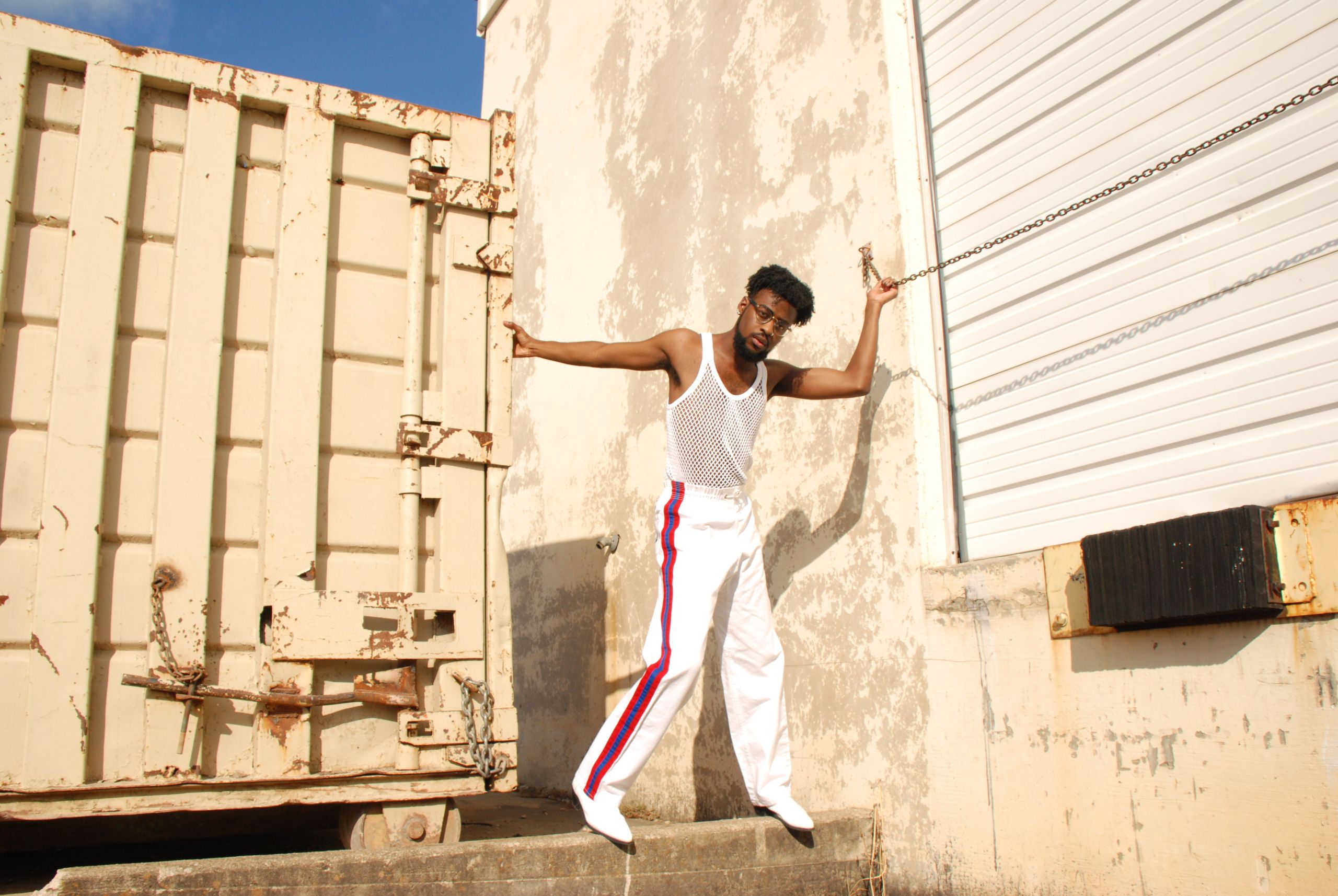
“I’m not going to allow you to really box me in because I can fit this mold and that mold,”Jones said. “I’m very malleable, and I can do whatever. So I try to be me, and if you don’t like that, then it wasn’t meant for me to be in that role.”
Having a large enough pool of the right people in the right place in order to have representation in whatever the role is, is the dream, the goal, said Parker. The goal is to break down barriers, not put up more, he said.
“What I would like to dream about is a theater community where we're able to have appropriate representation, and we're also able to give people new challenges,” Parker said. “The factors that level the playing field the fastest are talent, skill and ability.”
While this is the goal, equal representation is not always seen in the theater industry. The use of stereotypes goes back to traditional musicals.
“Traditional musicals don’t equate to White, but that’s what we’ve been taught and spoon fed,” said Jones. “I want to see it where people of color are able to play these roles that aren’t centered around them being a person of color.”
It’s always this groundbreaking thing for White directors when they cast a person of color in a big role, said Jones. It shouldn’t be something that the director is celebrated for; it should just be the norm to cast the best person for the role, he said.
“There's a lot of work to do, and like all other components of systemic racism in our country, part of the toughest thing to change is who's in power and how they are responding to the real world,” Parker said. “The right thing should be the norm. The right thing should be what happens every day, all the time, in all situations,” he said.
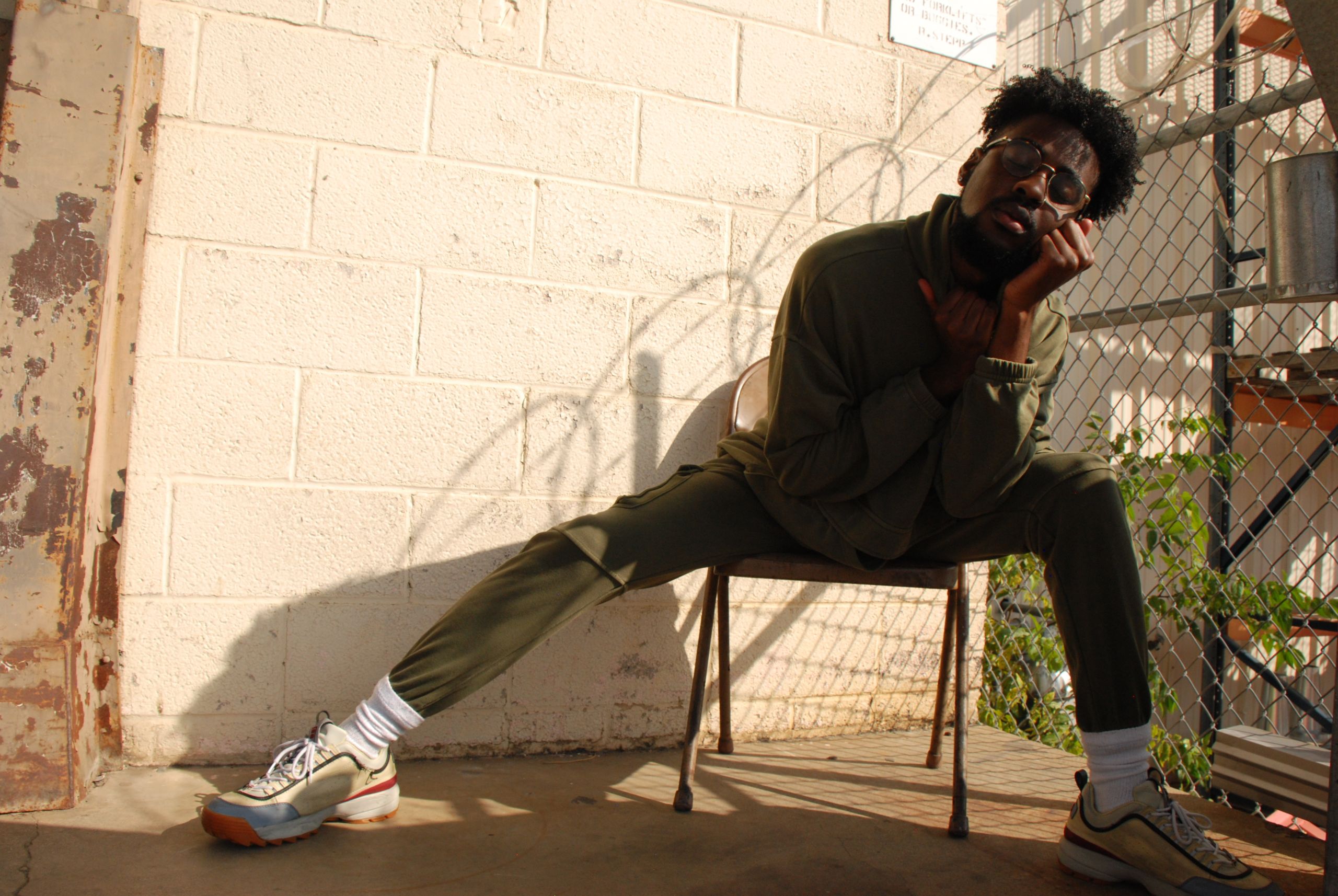
The theater industry needs to include more people from the LGBTQ+ community, said Parker. There also needs to be more women and more people of color in positions of power within the industry, he said.
“I think in the last six months a lot of people have had their eyes opened in new ways, and it's sad that it takes tragedy to get us there, but it's a process,” Parker said.
When people get praised for doing the right thing, it makes it feel exceptional, and doing the right thing shouldn’t be seen as exceptional, Parker said.

